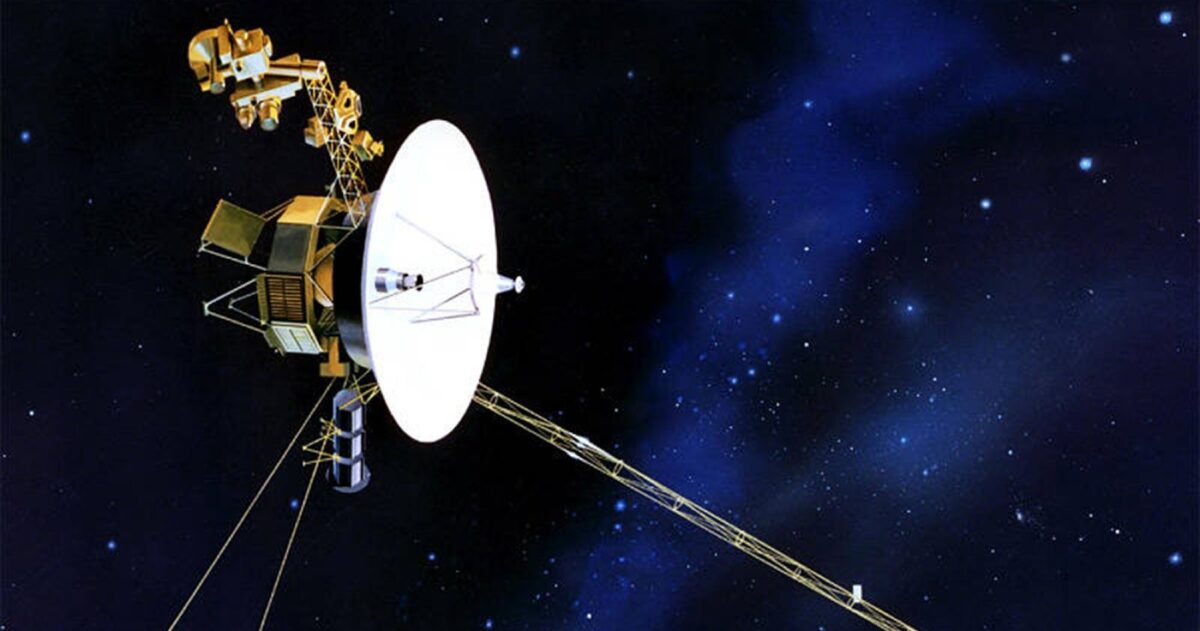Voyager 1 Goes Silent After 46 Years

Last November, NASA’s Voyager 1 spacecraft, one of its most celebrated explorers, temporarily ceased sending messages back to Earth, causing concern among the team responsible for its operation. Fortunately, mission controllers were able to verify that the spacecraft was still responsive to commands and functioning properly despite the lack of outgoing communications.
Now, Voyager 1, the farthest human-made object from Earth, has resumed transmitting data about its onboard systems as it continues its journey through interstellar space. It has been over 46 years since Voyager 1 was launched, and nearly 12 years since it passed Pluto and exited our solar system.
In March 2024, the team at NASA’s Jet Propulsion Laboratory, based at the California Technical Institute, pinpointed the cause of the communication issue. They identified that a malfunctioning chip responsible for storing part of the flight data subsystem (FDS) memory, which includes some software code, was at fault. This defect rendered the science and engineering data previously unusable.
With the chip irreparable, the team strategized a new approach to overcome this obstacle. They decided to redistribute the affected code across different sections of the FDS memory. Given that no single memory location could house the entire code, it was segmented and stored across various parts. Additionally, adjustments were made to ensure that the relocated segments would still operate cohesively. References to the code’s location in the FDS memory also required updating.
On April 18th, after reconfiguring the code, it was transmitted to Voyager 1, which is currently over 15 billion miles away from Earth. Signals now take approximately 22.5 hours to travel one way between Earth and the spacecraft. By April 20th, the mission control team received confirmation that the changes were successful; for the first time in five months, they could check the spacecraft’s status and health.
Voyager 1 continues to conduct scientific studies on cosmic rays and magnetic fields in space. However, it is anticipated that within a year or slightly more, these instruments will need to be deactivated due to power constraints. By 2036, Voyager 1 is expected to exit the range of the Deep Space Network, severing communications completely.